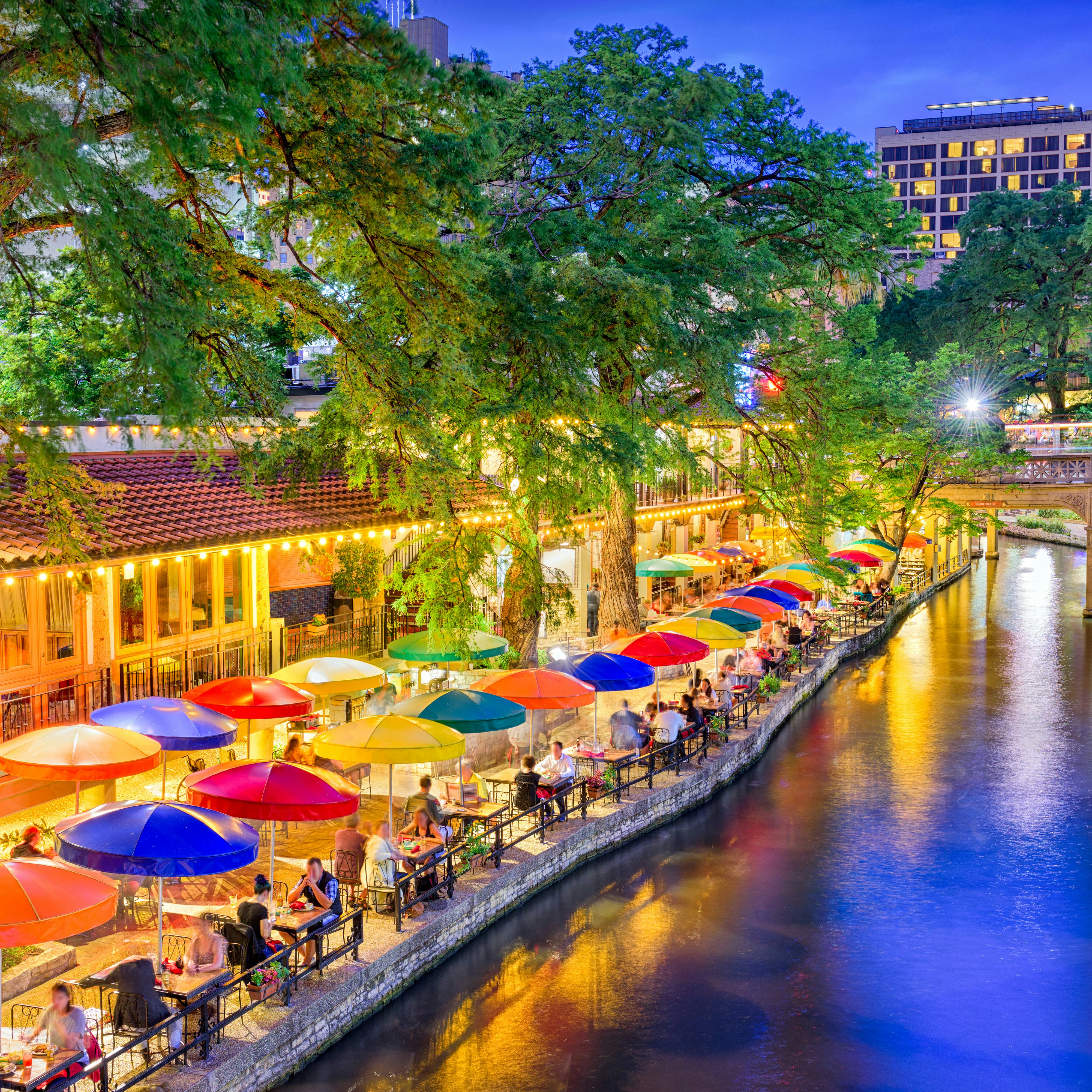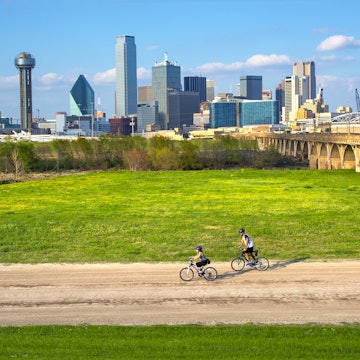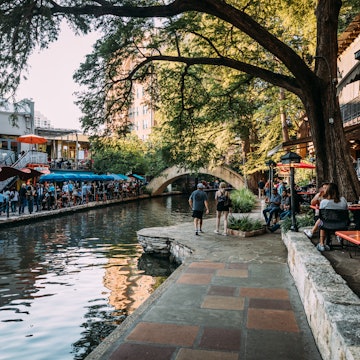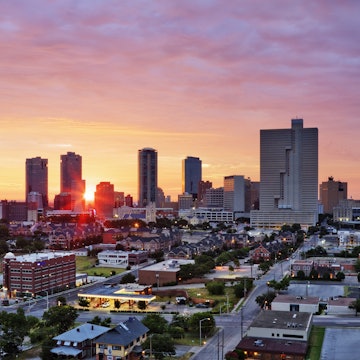

©Kris Davidson/Lonely Planet
Overview
Bigger than a whole heap of countries, Texas is vast, diverse and welcoming: from big-city lights to small-town simplicity, white-sand beaches to high-country hikes.
Leave the planning to a local expert
Experience the real Texas. Let a local expert handle the planning for you.
Must-see attractions
Planning Tools
Expert guidance to help you plan your trip
Best Things to Do
Plan your trip to the Lone Star State with this guide to Texas' best experiences.
Read full article
Best Places to Visit
Everything might be bigger in Texas but don't let the distances put you off. Here are the best places to visit in the Lone Star State.
Read full article
Best Time to Visit
The wide geography of the Lone Star State means there's no such thing as a bad time to visit Texas. This month-by-month guide can help you plan your visit.
Read full article
Things to Know
Cars. Guns. Oversized everything. Texas is as big, as brash and as brilliant as you've heard. Here's what to know before visiting.
Read full article
Transportation
Whether you plan to navigate the Lone Star State by bus, train or motorbike, our guide to getting around Texas is here to help.
Read full article
Free Things to Do
While most top tourist destinations across Texas are worth the price of entry, there are also plenty of places to visit that don’t cost a dime.
Read full article
Money and Costs
Texas might not leap out as a budget destination, but it's easy to save while exploring this enormous state. Try these top budget tips.
Read full article
Traveling with Kids
Build a tradition with your family to return to again and again at one of these nostalgic and chic summer resort camps.
Read full article
Best Road Trips
Texas' big empty roads are just waiting for you to explore them. Pick one of our favorite road trips and get under the hood of the Lone Star State.
Read full article
in partnership with getyourguide




















